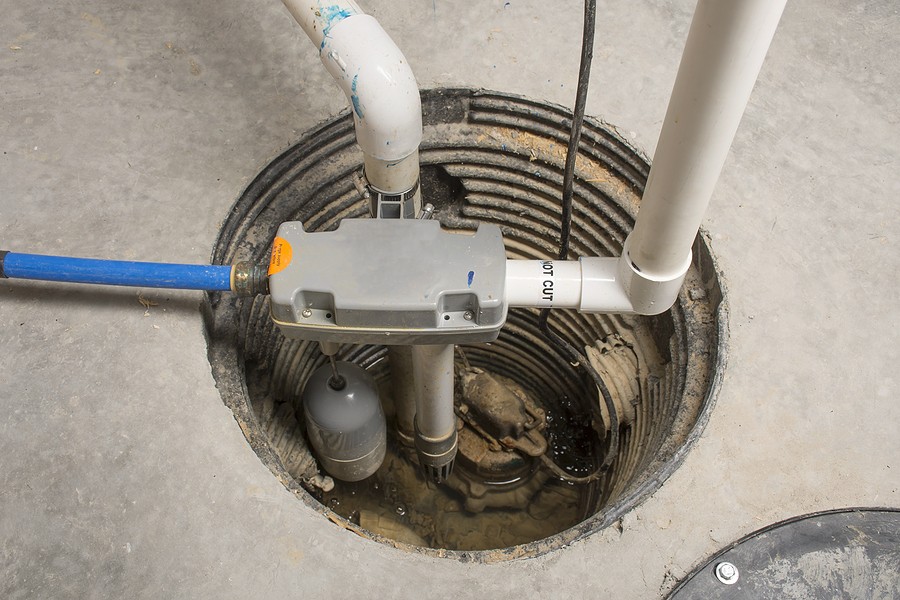Call This Monday to Get $50 OFF
Call us Now to Get $50 OFF.
Ratings based on 6379 reviews
Local Plumbers, Local Reviews
Call This Monday to Get $50 OFF
Call us Now to Get $50 OFF.
Ratings based on 6379 reviews
Local Plumbers, Local Reviews

Nobody wants to discover a flooded basement after a heavy rainstorm. Thankfully, a sump pump can prevent this kind of disaster, but what would happen if it failed? Mr. Rooter Plumbing is here to help you keep your home protected. If you’ve been relying on a single pump, it’s time to consider a reliable backup solution to defend your home. Read on to learn how you can install one and avoid unexpected water damage.
A sump pump removes water that accumulates in a basement or crawl space, which prevents flooding and water damage. It’s typically installed in a pit, and the pump activates when water levels rise, channeling excess water away from your foundation. But what if the primary pump stops working due to power failure, mechanical issues, or being overwhelmed during a storm? A backup sump pump activates when the primary unit fails. Adding a backup sump pump makes sure your home will remain protected against water damage, no matter the circumstances.
If you don't have a backup sump pump, your home is at risk of severe water damage if your primary pump fails. Here are the potential consequences:
There are two main types of backup systems, and each has its advantages and drawbacks. Understanding these will help you make an informed decision.
Before diving into the installation process, gather the necessary tools and materials. You’ll need the backup pump kit, a 12-volt battery, PVC piping, a check valve, a drill, and basic plumbing tools. Follow these steps to complete the installation:
While DIY installation is possible, there’s no substitute for professional assistance. For those unsure about handling electrical or plumbing components, seeking help from a plumber is a smart move. A qualified plumber in San Bernardino, CA can guarantee your backup sump pump is installed correctly. Mr. Rooter Plumbing specializes in sump pump installation and a wide range of plumbing services. Whether you’re upgrading your home’s defenses or need advice on the best backup solution, our team is here to help. Contact us to schedule a sump pump installation or related plumbing service.
As a society, the delivery of clean water through various systems is one of the…
Read MoreAre you worried that the constant trickle of water in your toilet is the cause…
Read MorePlumbing problems are the one incident every homeowner dreads due to their expensive repairs and…
Read MoreWater heaters are vital appliances that keep households and commercial establishments running efficiently. Whether it is showering, drinking,…
Read MoreWhen it comes to leaks, not all of them are visible to the naked eye. Sometimes, the pipes…
Read More